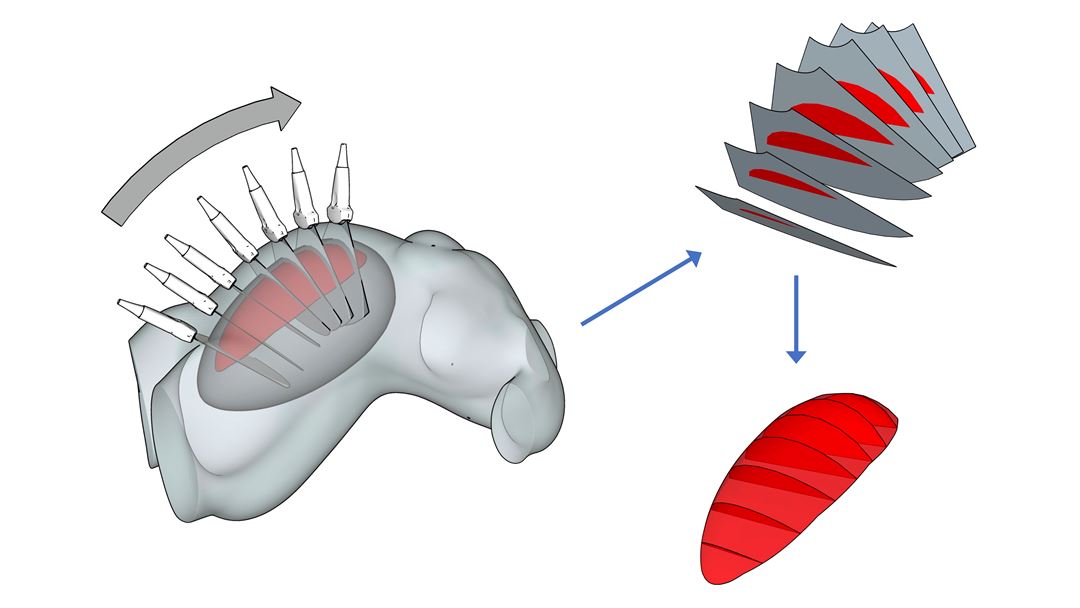During the course of a pregnancy, it is common to perform at least one ultrasound examination of the fetus. Here, several features of the pregnancy may be evaluated, such as the number of fetuses, the location of the placenta and the fetus’ development and anatomy. Now, researchers at Akershus University Hospital (Ahus) among others have shown that there also is an association between the volume of the placenta and the risk of complications. However, in order to measure this volume during the pregnancy, one must have good three-dimensional (3D) images. Ultrasound probes for 3D imaging are becoming more common, but these cover a limited area, and it is often not possible to fit the entire placenta within one image.
SINTEF has done a lot of research on 3D ultrasound imaging, and in RAMPUS 2 we will together with Ahus develop a method for measuring the placental volume automatically by stitching together two-dimensional (2D) images from a normal ultrasound probe. This we will do by equipping the probe with a position sensor, and then image a large number of placentas while measuring the position of each individual ultrasound image. Using modern machine learning methods we can then teach a computer program how 2D images can be combined into a 3D image based solely on what is seen in the images. These 3D images can then be used to calculate the volume of the placenta.
RAMPUS 2 is a commercialization project financed by The Research Council of Norway where the goal is to contribute to increased commercial exploitation of publicly funded research. The method we are developing will potentially be a product that can be integrated on any ultrasound machine. This way it can help identify many high-risk pregnancies that go unnoticed today.


